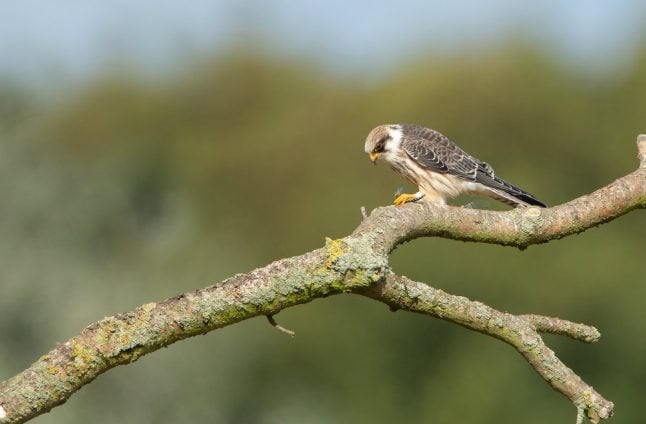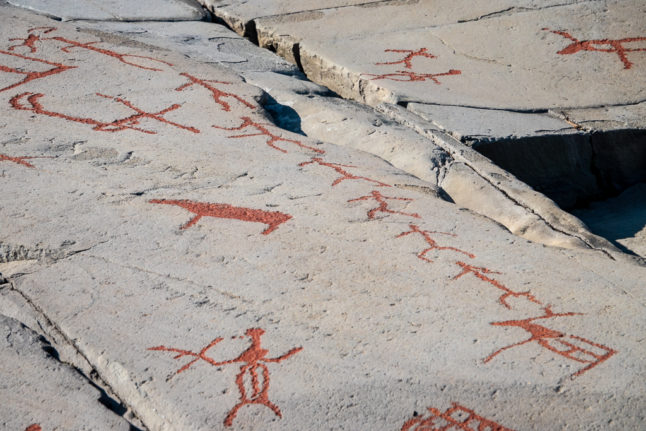The red-footed falcon is not usually found this far north at the current time of year, according to the Danish Ornithological Society (DOF).
But, in the space of a few days this week, sightings of the bird have been recorded in Skagen, at Gilbjerg Hoved in northern Zealand, at the Kongelunden forest near Copenhagen, Hyllekrog on the island of Lolland and at the Bulbjerg chalk cliffs in northwestern Jutland.
The falcon can normally be seen during the summer, primarily at Skagen, which makes the multiple April sightings noteworthy.
“This is very unusual. What is extra unusual is that it is so early. Here (in Skagen) we’ve had a few individual sightings in April. Now, we’ve seen a whole flock,” said Simon S. Christiansen, a DOF nature guide in Skagen.
“That’s a sign that, if the wind and weather are right, we could get a real invasion of them,” Christiansen added.
Strong and mild winds from the southeast have brought the birds to Denmark from their breeding grounds. The bird of prey is a sight to behold, according to DOF’s guide.
“It is a really beautiful bird. The way it flies and hunts insects is special,” Christiansen said.
The falcon “catches insects in the air and eats while holding the insects in its claws,” he added.
Red-footed falcons feed primarily on grasshoppers, dragonflies, bees and other large insects.
READ ALSO: 'Three million' birds flew from Denmark since 1970s: report



 Please whitelist us to continue reading.
Please whitelist us to continue reading.
Member comments